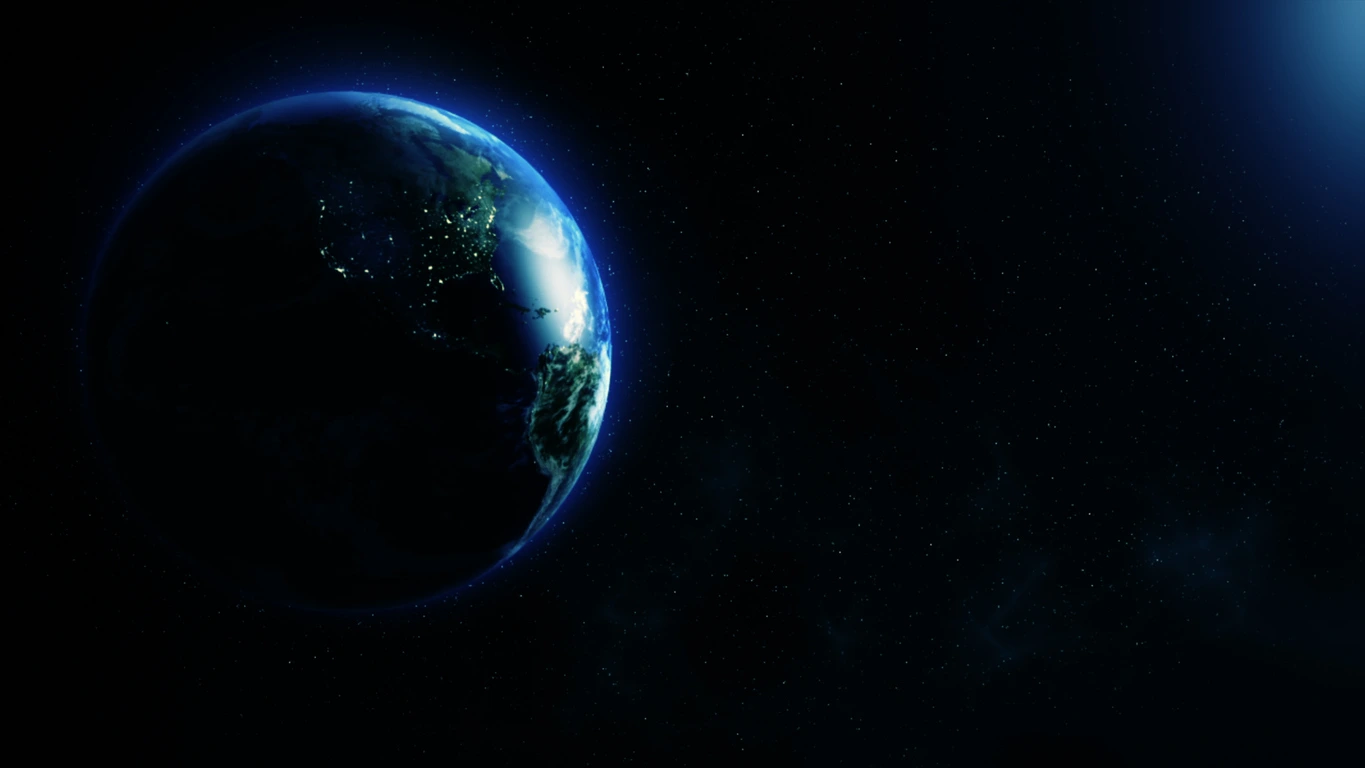
Can Discarded Theories Spark Innovation in Robotics and Other Scientific Fields?
Theories are subject to a strict process of assessment, examination, and occasionally rejection in the ever-changing field of science. What becomes of these rejected hypotheses, though, after they are abandoned? Do they disappear into the past or do they have the potential to spur ground-breaking inventions? Explore the fascinating possibilities of abandoned theories and their revolutionary influence on robotics and other scientific fields with us.
The Evolution of Ideas
Theories appear, are examined, and sometimes are rejected in the always-changing field of scientific research. But the creases of abandoned hypotheses conceal a worth of facts just waiting to be unearthed. Nothing illustrates the proverb “one person’s trash is another person’s treasure” better than scientific research. Though it’s pleasing to see abandoned hypotheses as failures, they frequently act as stepping stones to deeper knowledge. “I have not failed,” as Thomas Edison infamously said. As I’ve just discovered 10,000 ways that won’t work, so too do abandoned theories open the door to discoveries.
Harnessing the Power of Discarded Theories in Robotics
In an ideal world, abandoned hypotheses would spur ground-breaking robotics developments. Though it can sound absurd, there are many instances in history of abandoned concepts reappearing to influence the direction of technology. Consider artificial intelligence (AI) and its mutually beneficial interaction with disproved notions. Before they succeeded in machine learning and neural networks, early AI pioneers struggled with a great deal of abandoned notions. Modern AI systems were made possible by the foundation these abandoned concepts created, completely changing everything from banking to healthcare.
Revolutionizing Scientific Paradigms
It is imperative to adopt an attitude that goes beyond traditional limits in the quest for scientific advancement. Dismissed theories can, far from being lost to history, be the spark for paradigm changes in scientific thinking. Through questioning presumptions and reassessing old ideas, researchers can open the door to revolutionary discoveries. For example, the geocentric sample of the solar system eventually replaced Copernicus’s heliocentric model. But years later Copernicus’ theories were confirmed, and our knowledge of the universe underwent a dramatic change.
Navigating the Terrain of Innovation
Wherever imagination is unrestricted, innovation flourishes. By redefining abandoned theories as a possible inspiration, scientists might explore previously unexplored areas and open up new directions. This in the field of robotics involves accepting the opportunities that lie outside the parameters of conventional thinking and overcoming the constraints of the paradigms in place. To build more intelligent and lifelike robots, for example, robotics researchers look to abandoned theories in disciplines like cognitive science and biomechanics. By fusing knowledge from many fields, they expand the bounds of robotics and open the door to previously unthinkable inventions.
The Road Ahead
At the dawn of a new scientific discovery age, it is critical to understand the intrinsic worth of abandoned theories. We ought to learn from them and use their transforming power rather than writing them off to history. By doing this, we not only give long-forgotten concepts new life but also open the door to a future characterized by creativity and opportunity. Accepting rejected ideas is an acceptance of the spirit of investigation and discovery that propels scientific advancement. Thus, let us go out on our adventure with receptive minds and unflinching curiosity since it is the secret to solving the universe’s puzzles.
Bhushan Kerur’s BRAHMOIDS – Story of My Mother Earth
BRAHMOIDS—Story of My Mother Earth: This thought-provoking book visualizes a future where robots, granted human characteristics, redefine our understanding of humanity. It explores the ethical implications of creating a new species, blurring the lines between artificial intelligence and genuine emotions. As technological progress impacts culture and the environment, it serves as a cautionary tale, encouraging readers to go to the rapidly evolving technological landscape with awareness and care.
Conclusion
Discarded ideas are not only footnotes in the vast web of scientific research; they constitute the foundation of the next inventions. New routes to discovery in robotics and beyond can be opened by accepting the power of possibility and rethinking the function of rejected ideas. Let us thus put our prejudices aside and explore the unknown, for that is where scientific discovery really begins. We should recognize the priceless contributions made by abandoned hypotheses as we continue to study the enormous field of knowledge. It is by their tenacity and resiliency that we steer clear of a less creative and more promising future.
